
How can I make epilating hurt less?
Introduction:
Epilating is a popular hair removal method that offers longer-lasting results compared to shaving or using depilatory creams. However, some individuals may find epilation uncomfortable or painful. The good news is that there are several strategies you can implement to make the process of epilating hurt less. In this guide, we will explore various techniques and tips to help minimize pain and discomfort during epilation. By incorporating these suggestions into your hair removal routine, you can achieve a more comfortable and pleasant epilating experience.
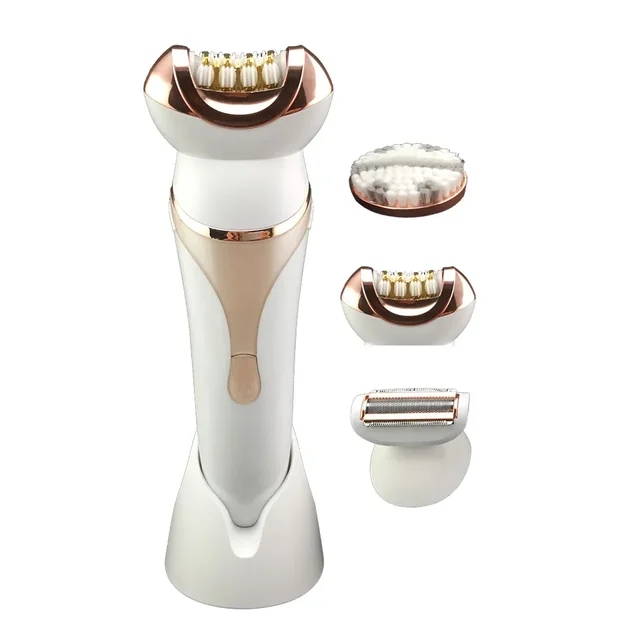
How can I make epilating hurt less?
Prepare the Skin:
Properly preparing the skin before epilation can help reduce pain and discomfort. Consider the following steps:
a. Exfoliation: Exfoliate the area to be epilated a day or two before the procedure. This helps remove dead skin cells and allows for smoother hair removal. Exfoliating also helps prevent ingrown hairs, which can contribute to increased pain during epilation.
b. Clean the Skin: Ensure that the skin is clean and free from oils or lotions before epilating. This allows for better grip and smoother hair removal. Use a gentle cleanser to remove any residue on the skin.
c. Dry the Skin: Make sure the skin is completely dry before starting the epilation process. Moisture can interfere with the epilator’s ability to grasp the hairs effectively.
Choose the Right Time:
Timing can play a role in minimizing pain during epilation. Consider the following suggestions:
a. Avoid Menstruation Period: Some individuals may experience increased sensitivity or discomfort during their menstrual cycle. If you find that your pain tolerance is lower during this time, it may be best to avoid epilating during your period.
b. Epilate after Showering: Epilating right after a warm shower or bath can help soften the hair and open up the pores, making the process more comfortable. The warm water also relaxes the skin, making it more pliable and less prone to irritation.
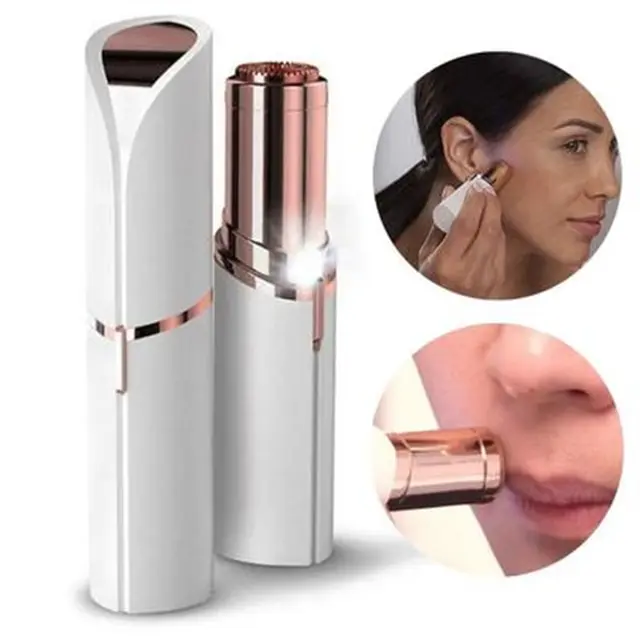
Use a Lower Speed Setting:
Most modern epilators offer multiple speed settings. Using a lower speed setting can help reduce pain during epilation. Consider the following tips:
a. Start with the Lowest Speed: If you are new to epilating or have sensitive skin, start with the lowest speed setting on your epilator. This allows you to gradually get accustomed to the sensation and minimize discomfort.
b. Increase Speed as Tolerance Builds: Once you become more comfortable with epilation, you can gradually increase the speed setting on your epilator. However, always go at a pace that feels comfortable for you.
Stretch the Skin:
Stretching the skin during epilation helps create a taut surface, making it easier for the epilator to grab hairs and reducing the chance of pinching the skin. Follow these steps:
a. Use Your Free Hand: With your non-dominant hand, pull the skin taut in the opposite direction of hair growth. This helps make the hair stand upright, making it easier for the epilator to grasp.
b. Glide the Epilator Slowly: Move the epilator slowly and smoothly across the skin, following the direction of hair growth. This ensures a more effective hair removal process and minimizes discomfort.

Distract Yourself:
Mental distractions can help take your focus away from any discomfort during epilation. Consider the following strategies:
a. Listen to Music or Podcasts: Play your favorite music or listen to an engaging podcast while epilating. This helps divert your attention and makes the process more enjoyable.
b. Watch TV or a Movie: Set up a TV or laptop nearby and watch your favorite show or movie while epilating. Engaging visual content can help distract you from any discomfort.
c. Engage in Conversation: If you have a friend or family member nearby, strike up a conversation to keep your mind occupied during the epilation process.
Apply Topical Anesthetics:
Topical anesthetics can be applied to the skin before epilation to minimize pain and discomfort. Consider the following options:
a. Numbing Creams: Over-the-counter numbing creams containing lidocaine or benzocaine can be applied to the skin before epilation. Follow the manufacturer’s instructions for proper usage.
b. Ice Packs: Applying an ice pack or a cold compress to the skin before epilation can help numb the area and reduce pain. Wrap the ice pack in a cloth and gently press it against the skin for a few minutes before starting the epilation process.

Use Epilators with Additional Features:
Some epilators come with additional features that can help reduce pain during the hair removal process. Consider the following options:
a. Built-in Cooling Systems: Certain epilators have built-in cooling systems that help numb the skin during epilation, reducing pain and discomfort. These systems typically use cold air or cooling pads to soothe the skin.
b. Massage Attachments: Some epilators come with massage attachments that stimulate the skin and help reduce pain during the hair removal process. These attachments can provide a more pleasant and comfortable experience.
Aftercare:
Proper aftercare following epilation can help soothe the skin and minimize any potential redness or irritation. Consider the following suggestions:
a. Apply a Soothing Lotion: After epilation, apply a gentle, fragrance-free lotion or aloe vera gel to moisturize and calm the skin. Look for products specifically formulated for sensitive skin.
b. Avoid Harsh Products: Refrain from using perfumed products or anything with potential irritants on the freshly epilated skin. Fragrances and certain ingredients can cause stinging or irritation, especially on freshly epilated skin.
c. Avoid Excessive Heat: Avoid hot baths, saunas, or other activities that can expose the freshly epilated skin to excessive heat, as this can increase sensitivity and cause discomfort.
d. Moisturize Regularly: Keeping the skin well-moisturized in the days following epilation helps prevent dryness and maintains the smoothness of the skin.

Conclusion:
By implementing these techniques and tips, you can make the process of epilating hurt less and achieve a more comfortable hair removal experience. Remember to prepare the skin properly, choose the right time for epilation, and use lower speed settings on your epilator. Stretching the skin, distracting yourself, and using topical anesthetics can also help minimize pain and discomfort. Look for epilators with additional features, such as cooling systems or massage attachments, that provide added comfort during the hair removal process. Lastly, don’t forget to provide proper aftercare to soothe the skin and minimize any potential redness or irritation. With these strategies in place, you can enjoy a more pleasant and less painful epilation experience.




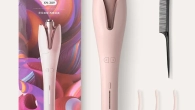

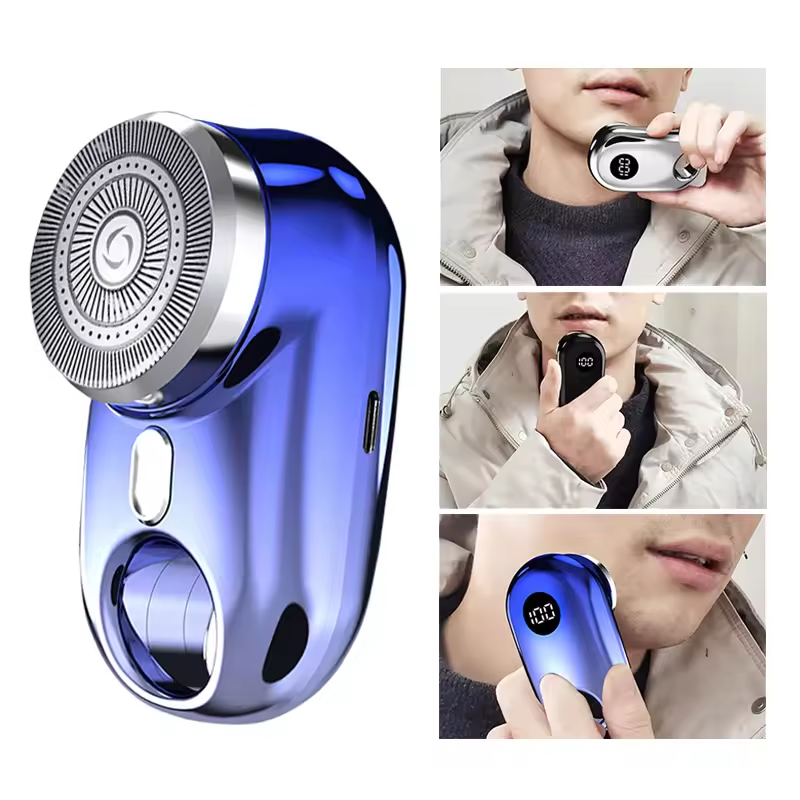
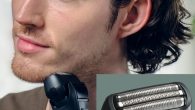
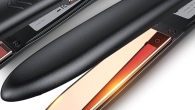
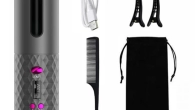
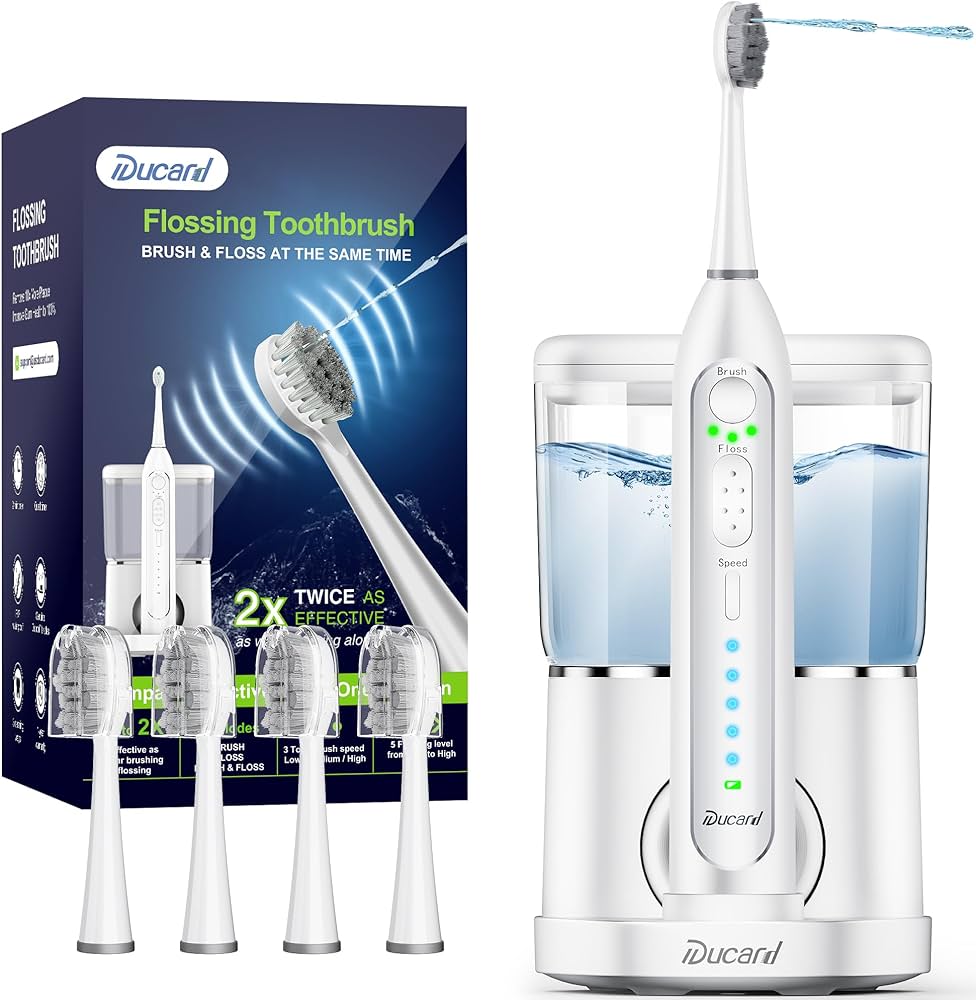
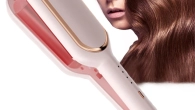
Leave a Reply
You must be logged in to post a comment.